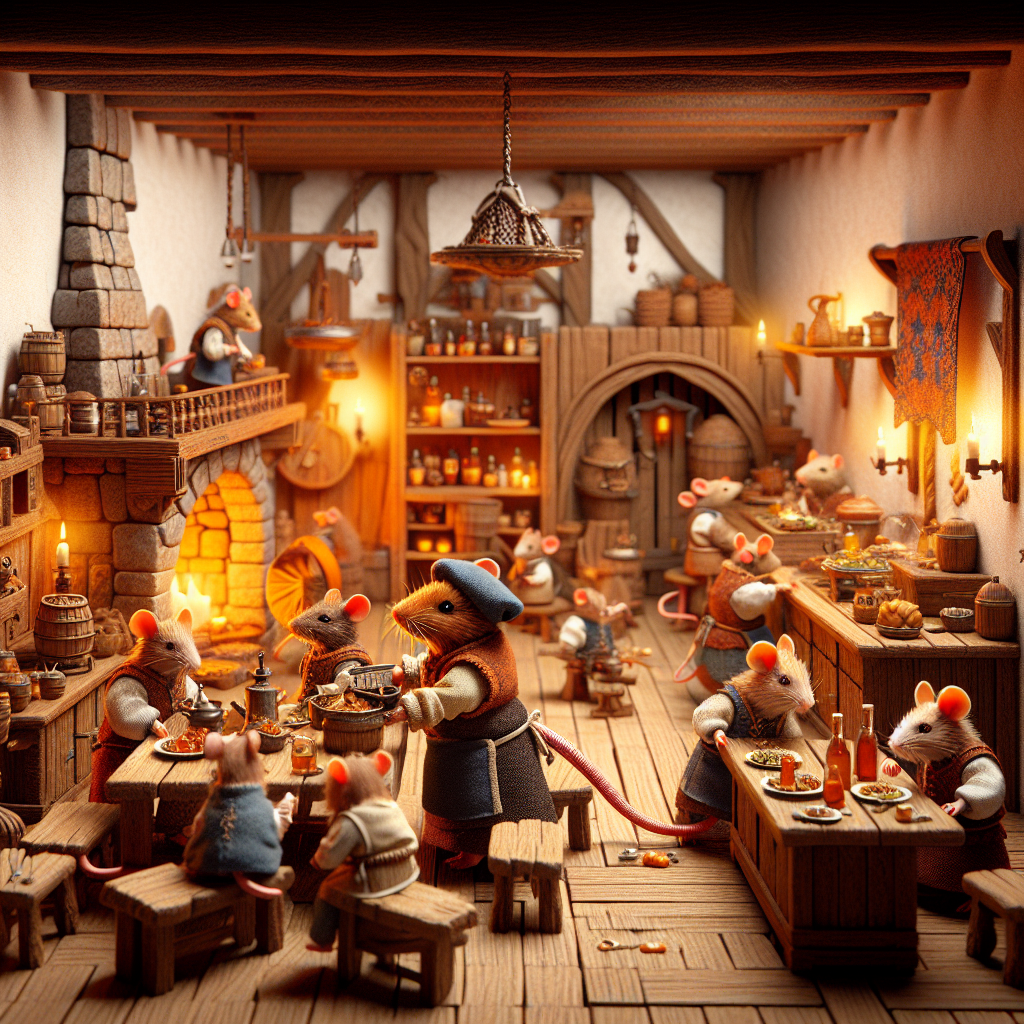In recent years, user-generated content (UGC) has emerged as a transformative force in the gaming industry, redefining how players interact with games and how developers approach content creation. The latest example of this trend is the innovative game Heart of Eyes, which has taken UGC to new heights by providing players with intuitive, powerful tools to create, customize, and share their own in-game content effortlessly.
UGC: A Game-Changer for Player Engagement
User-generated content allows players to become creators, turning passive gameplay into an active, collaborative experience. From custom maps and skins to mods and entirely new game modes, UGC fosters creativity and community, significantly boosting player engagement and retention. Games like Fortnite, Minecraft, and Roblox have long demonstrated the power of UGC, with millions of players worldwide contributing to vibrant ecosystems of player-made content.
Heart of Eyes builds on this legacy by integrating a suite of user-friendly creation tools directly into the game’s interface. Unlike traditional modding systems that often require technical expertise or external software, Heart of Eyes empowers players of all skill levels to design unique avatars, craft immersive environments, and develop custom gameplay scenarios—all within a seamless, accessible platform.
Innovative Tools Lower Barriers to Creation
One of the standout features of Heart of Eyes is its emphasis on simplicity without sacrificing creative depth. The game offers drag-and-drop editors, pre-built asset libraries, and AI-assisted design options that help players bring their visions to life quickly. This democratization of content creation not only encourages more players to participate but also ensures a steady stream of fresh, diverse content that keeps the game world dynamic and engaging.
Moreover, Heart of Eyes incorporates social sharing features that allow creators to showcase their work within the game’s community hubs and across popular social media platforms. This visibility motivates creators by recognizing their contributions and inspires others to join the creative movement.
Impact on Game Development and Industry Trends
The success of Heart of Eyes highlights a broader shift in the gaming industry toward embracing UGC as a core component of game design and marketing. Developers increasingly recognize that empowering players to create content can extend a game’s lifespan, reduce the burden on development teams, and foster loyal, active communities.
Industry analysts note that UGC is not just a feature but a strategic imperative. By integrating creation tools and marketplaces, games can tap into the passion and ingenuity of their player base, driving organic growth and opening new monetization avenues. For example, platforms like Roblox and Fortnite have built thriving economies around player-created content, rewarding creators and enriching the player experience.
Looking Ahead: The Future of UGC in Gaming
As technology advances, the potential for UGC continues to expand. Emerging tools powered by artificial intelligence and cloud computing promise to make content creation even more accessible and sophisticated. Games like Heart of Eyes are at the forefront of this evolution, demonstrating how intuitive design and community integration can unlock unprecedented levels of player creativity.
The rise of UGC also signals a more collaborative future for game development, where players and developers co-create experiences that are richer, more personalized, and more engaging. This shift not only benefits players but also offers developers a competitive edge in an increasingly crowded market.
Conclusion
Heart of Eyes exemplifies the transformative power of user-generated content in gaming. By lowering barriers to creation and fostering a vibrant community of creators, the game is setting a new standard for player engagement and innovation. As UGC continues to shape the industry, games that embrace and empower their communities will lead the way in delivering immersive, dynamic, and enduring gaming experiences.
For developers and players alike, the message is clear: the future of gaming is not just played—it’s created.


